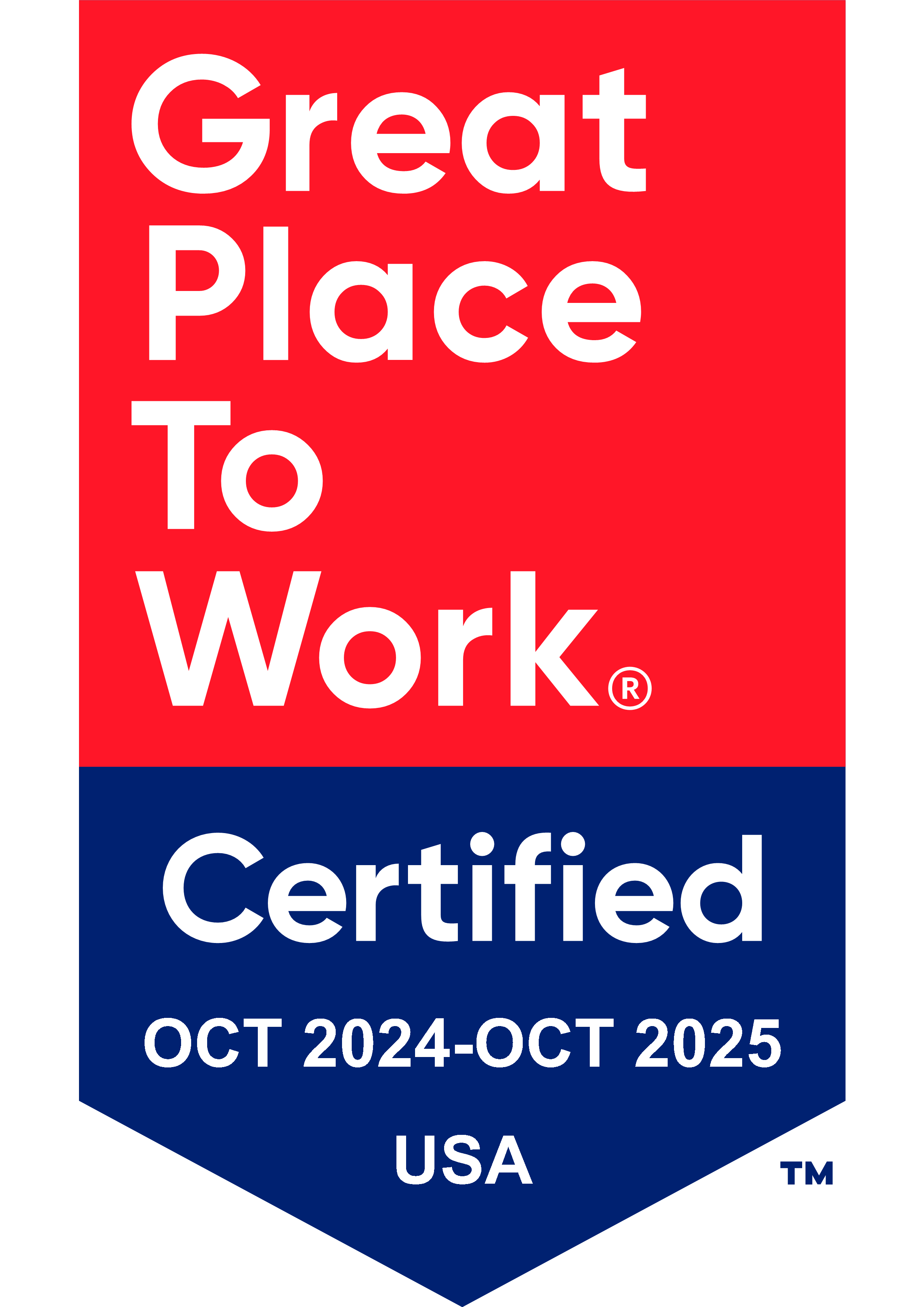If you’re not moving forward, you’re falling behind.
In today’s hyper-competitive business environment, every business is faced with the reality of having to grow and adapt, failing to do so is a sure way to go out of business. That’s why smart business leaders are continually involved in long-term strategic planning.
As a pathway to the ongoing viability and success of the enterprise, many businesses choose a growth-through-acquisition strategy. Acquiring another company can be the quickest way to shore up weaknesses, enhance a company’s internal capabilities, expand distribution, grow sales and increase revenue.
At Boyne Capital over the years, we’ve participated in nearly 30 acquisitions across our 24 portfolio companies, putting our expertise and capital to work to help them strengthen their market position and assure long-term business growth. One of the most important lessons we have learned in steering our portfolio companies through this process is that a successful acquisition depends on targeting the right company – one whose expertise, technology, market position, or geographic reach provide a good fit with the acquiring company’s strategic plan.
To be sure the acquisition works for your business, here are seven critical elements that Boyne recommends you consider when evaluating a target company:
Management Structure and Experience:
When you acquire another company you are also acquiring its talent and their expertise. What is the target’s management structure? Is it a sole proprietorship with a founder/manager who is responsible for all facets of the organization? Or is it a larger size company with defined executive roles for finance, sales, manufacturing and other core business functions? Either way, you’ll want to learn the backgrounds the top managers and the strengths they bring to the target company… and, ultimately, yours.
Opportunity for Growth:
You’re taking the acquisition route to accelerate your growth. Does the prospective target help you get there? Is the target just holding steady, or does it forecast steadily rising sales? What are the target’s revenue projections? What does the product/service roadmap look like that will support this growth? What are the prospects for the target company’s market overall? Is the market mature or is it poised to take off?
Conversely, what expertise, management skills, infrastructure or other resources could your company bring to an acquisition that would turn things around, grow sales and improve profitability at the target company? As an active partner for our portfolio companies, Boyne Capital provides a wide range of expert management, operations and administrative services.
Consolidation Savings:
One benefit of an acquisition and the subsequent combination of the companies involved is the anticipated reduction in overall expenses as redundant functions are consolidated. Where are those opportunities with regard to the target company? Back office functions such as accounting and HR are typically the first to be considered. Will it be possible to consolidate sales, warehousing and distribution, R&D or other areas, as well? Can you reasonably expect to efficiently conduct some functions from a central location…or, will maintaining duplicate operations be necessary? And don’t forget to factor in the cost of assimilating and integrating these functions. Consolidating IT and ERP systems, for example, can be both expensive and time consuming. Lastly, don’t oversell yourself on projected cost savings. Doing so can put the expanded company in a cashflow bind just as it’s investing in changes.
What’s the Value to Your Company:
We’ve already established the overarching need for growth, but each acquisition may be driven by a different, specific need that will help meet the growth imperative. These needs should be uncovered in your strategic planning and addressed in your acquisition choices.
…Perhaps your company is lacking technological expertise in product design and development that can be quickly satisfied through the acquisition of a company known for its R&D
…You may be looking to add IP to your portfolio as a protection against rising competition or to enable new product lines
…Your target company may represent a new, complementary market for you; one which will allow you to leverage their distribution and name recognition
…The target may have a particular geographic presence that would afford you a faster time to market in a region where you have none
…Or the target may have production capacity that will allow you to more quickly satisfy growing market demand
The reasons for growth by acquisition are many; you just have to be sure that the target provides the value you are seeking.
Market Position:
So… back to the question: What are the underlying reasons for your growth strategy? Are you looking to grow share in your current market? Consolidate your current market position? Access new markets and regions?
If you are looking merely to strengthen your current market position, you may be looking at a competing company as a target. Executing an acquisition strategy removes a competitor and expands your share at the same time. But you will need to understand how that will be received by regulators and customers.
If you are looking to enter new markets, whether from a geographic or product line perspective, you’ll want to know just where your target company fits within the market(s) it serves, and the nature of that market. Being number one in a fading market adds little long-term value.
Culture and Compatibility:
A thorough understanding of a target acquisition company’s culture will help you avoid problems later on when integrating the two operations. From casual Fridays and foosball tables in the breakroom to open floorplan workspaces and telecommuting, every company evolves its own way of doing things. Some companies adhere to a more traditional hierarchical structure, with defined layers of management and responsibility, while others employ a flat organizational chart to encourage a more collaborative, collegial atmosphere. How will the two cultures fit? What changes may be required, and how will those changes be received? The culture issue can be especially acute when an older, more established company acquires a start-up or early stage venture.
Compatibility is another consideration. Do the two companies share the same vision? If not, can they be aligned? Is one positioned as a low-cost, high-volume producer and the other a specialty manufacturer selling at a premium price? Is one a market disruptor, challenging the established ways? How will you reconcile the two images? How will the market and both companies’ customers react? What will be the impact on your brand and reputation? Are the geographic markets in synch or will your distribution channels compete for resources? Compatible companies will increase the combined company’s competitiveness while safe-guarding the individual strengths that each brings to acquisition.
Due Diligence – Validating Your Targeting Decision
Discovering as much as you can in advance about a potential target company will save you from wasting valuable time and resources pursuing deals that just wouldn’t be a good match. However, this preliminary discovery is just the start. Once you’re satisfied that the prospect can add value to your organization and negotiations proceed to an offer, the due diligence process will dig deeper into the target company’s capabilities to validate the quality of the deal.
That’s where a funding partner such as Boyne Capital can play a vital role. A full-service private equity firm provides capital to fund the acquisition, of course, but it also offers the expertise necessary for evaluating the technical capabilities, structure, operations, financial position, market opportunity and personnel of the target company, with the goal of determining a fair valuation.
Following the successful close of the acquisition, a funding partner will also assist with integrating the new acquisition into the successor organization. This integration is a mammoth task that touches nearly every aspect of both businesses, from IT systems and personnel assignments to facilities utilization and the distribution channel. All of which should be analyzed and planned for during the due diligence process to assure as smooth and rapid a transition as possible.
Doing your target company analysis up front will help assure that you’re pursuing the right candidate and speed up the selection process, getting your closer to the growth you want to achieve.





